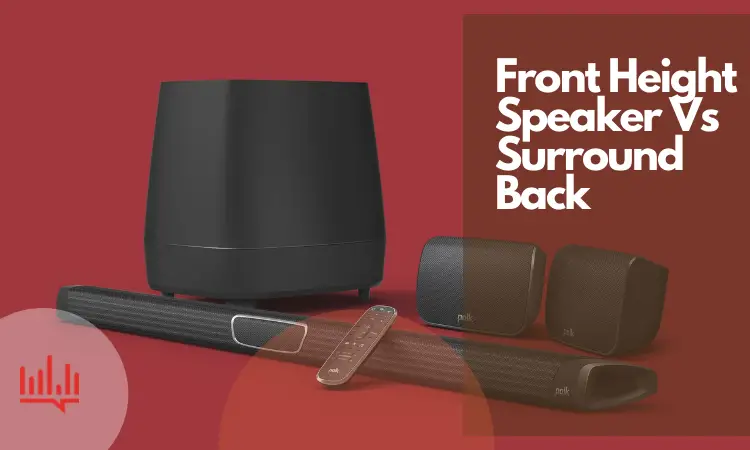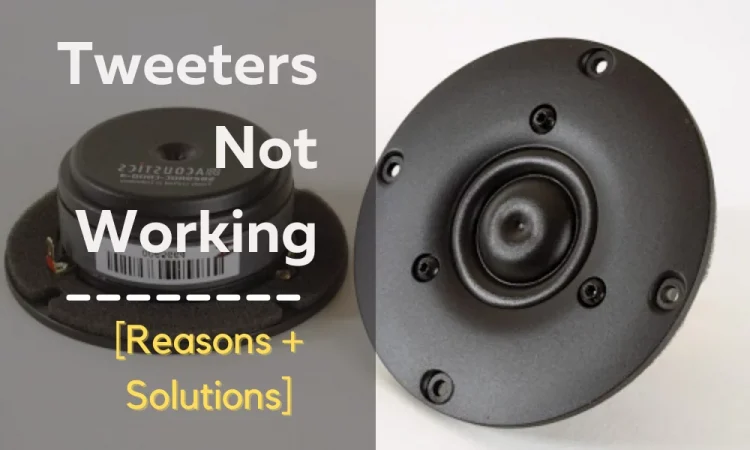Planar IEMs are the talk of the town now. The stellar technology of the headphones made its way into the IEM-verse.
As with many new technologies, there is no lack of the underlying issues of planar IEMs.
The main underlying issues of Planar IEMs are- Metallic Timbre, Poor Tuning for most cases, high power requirements. All these issues point towards only a poorly implemented technology. Here’s why you should wait.
However, I still have hope for the planar in IEMs. But first, how does planar work in IEMs?
How Do Planar IEMs Work?
IEM Planars work just like Dynamic Drivers except they have a thinner, flatter diaphragm coil. The thin film-material diaphragm is placed between powerful conductors i.e., magnets in this case.
Primarily, electricity flows through the wires in the diaphragm which results in the sound you can hear.
Dynamic drivers and Planar drivers have the same function of producing sound. The former produces sound from one point, which introduces many limitations.
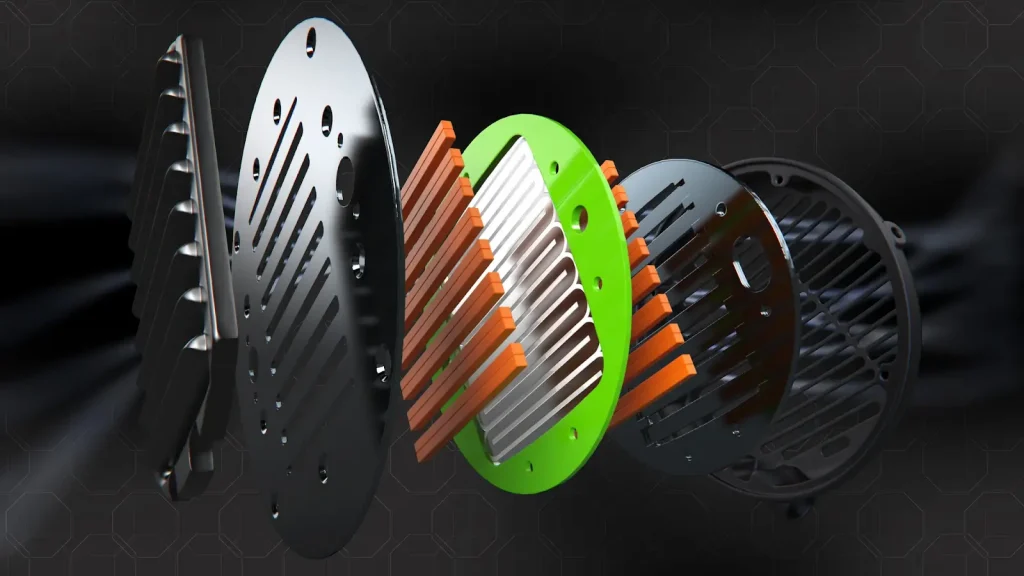
However, Planar IEMs produce sound through wires that are laid throughout the entire body through the thin, expansive diaphragm. That ultimately addresses some limitations while introducing some new ones.
Let’s move on to talking about the current scenario of Planar IEMs.
Current Scenario: The Planar IEM War
The Planar IEM War has now stagnated. However, this is merely the dawn of planar technology in the context of IEMs.
The table below is my rating of the current planar IEMs out of 5.
| CCA PLA13 | Celest Gumiho | Salnotes Dioko | Raptgo Hook X | Letshuoer S12 | 7Hz Timeless | |
| Bass | 3 | 3.5 | 3.7 | 4.8 | 5 | 4.2 |
| Mids | 2.6 | 3.2 | 3.6 | 4 | 4.7 | 5 |
| Treble | 2 | 3.7 | 4.1 | 4.8 | 4.7 | 4.7 |
| Details | 1 | 3.5 | 4.2 | 3.7 | 4.6 | 5 |
| Timbre | 1 | 4 | 4 | 4.2 | 4.8 | 4.8 |
| Avg. Rating | 1.9 | 3.5 | 4 | 4.1 | 4.8 | 4.9 |
I have also made a tier list based on the table. The tier list includes most of the relevant, well-known IEMs.
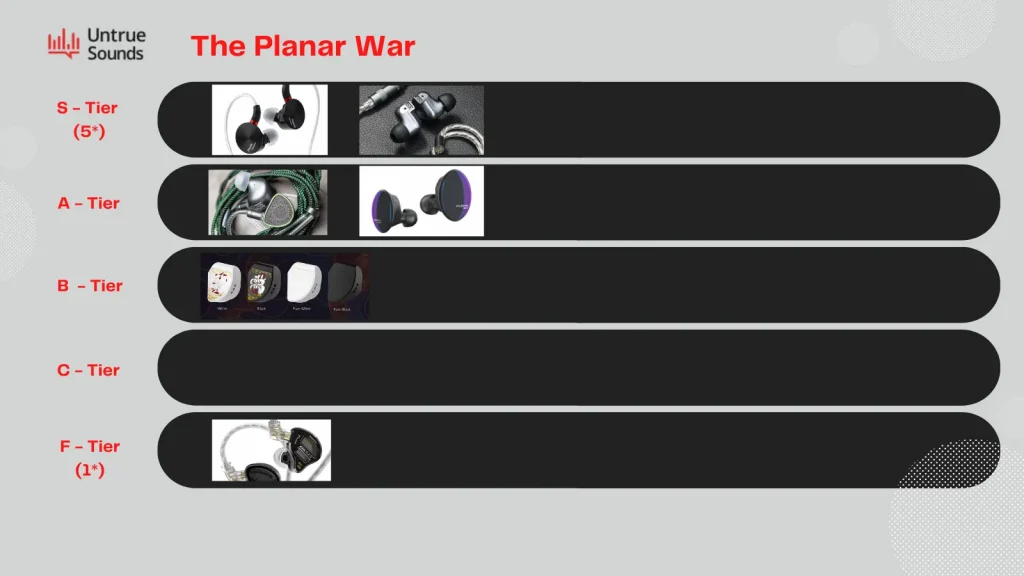
- S – Tier: 7Hz Timeless and Letshuoer S12 are the obvious S-tier IEMs. The Timeless was the only S-tier till S12 entered as the black horse. These are the cream of the crop.
- A – Tier: I’ve placed Raptgo Hook-X and the 7Hz Salnotes Dioko in the A-tier. These almost reach the standard of S-tier, but don’t quite make the cut.
- B – Tier: The only IEM of this tier is the Celest Gumiho. An excellent set of features, especially for that price.
- F – Tier: CCA PLA13 is a planar IEM that still has the limitations of Dynamic Drivers. That made me place it in the F-tier.
The tier list as well as the table tells me a few things about the Planar War. They are-
S – Tier: the Cream of the Crop
The current crown holders are 7Hz Timeless and the Letshuoer S12. These two are the cream of the crop in terms of performance.
Excellent all across the board, these S-tier IEMs are some of the best tunings you can get for the price. Though, there are still some gripes regarding them.
The S12 picks up where the Timeless falls short, like the bass. Ultimately, the 7Hz timeless wins the fight, S12 does go close to it and for $50 less at that.
Even then, both of the IEMs are pretty expensive, priced at $220 and $170 respectively. The only other IEMs from Audeze are too expensive to even be in the same bracket.
However, Aliexpress usually sells these at a cheaper price. You could just check the price for the 7hz Timeless and Letshuoer S12 from there easily.
A – Tier: One Step Away from Greatness
The RaptGo Hook – X is the clear winner of A – tier where Dioko barely makes the mark.
These two also have solid performances despite not being as good as the S-Tier IEMs. Some certain quirks like unclear details, a ringing treble holds the Hook X back.
The Dioko, though, is poorly tuned compared to the RaptGo Hook X. But it has a decent sound stage for its price.
However, things get interesting when I get to the prices of these two. The RaptGo Hook X costs $240, even more than the Timeless! Whereas, Salnotes Dioko costs only $100. I wouldn’t call either of them exactly a bang for your buck.
As usual, for nifty deals, I would suggest you check Aliexpress for the price of the RaptGo Hook X and The 7Hz Salnotes Dioko.
B – Tier: The Black Horse
The Celest Gumiho is the only contender for the B – Tier. Priced at $49, the lower cost takes away a lot from the performance of the IEM.
This is an IEM that doesn’t cease to amaze me. It delivers a decent result all across the board for only a fraction of what other IEMs cost.
However, I will not deny that it still falls short of its peers by quite a bit. But at the price, I wouldn’t blame the Gumiho. It has been priced at only around $49 at Aliexpress. That makes it the cheapest Planar IEM.
F – Tier: The One You Want to Avoid
The ‘Dynamic’ Planar IEM CCA PLA13 goes into the F-Tier. The reason I call this the dynamic of the bunch is that it has Dynamic Driver quirks.
I noticed some sound distortion at transitions, which is a dynamic driver issue. That earned it the moniker.
However, the reason it is on the list is that the CCA PLA13 is under $100. Furthermore, some even like the quirkiness of this unlikely contender. A pair of CCA PLA13 from Aliexpress costs just $64.
If you want to try it out, the floor’s yours.
Are Planar IEMs Fulfilling Their True Potential?
No, Planar IEMs are not fulfilling their true potential yet. The power inefficiency, unimpressive tonality, metallic timbre- all these are keeping planar from reaching its true potential. I call it a half-assed implementation of the otherwise great planar technology.
Planar IEMs, in theory, must perform much better than dynamic IEMs at a lower cost. However, that is not true in all cases because of how new the technology is. I’ll now discuss the specific lackings.
What are the failings of Planar IEMs?
The novelty of the planar technology comes with its own quirks. I’ll explain the quirks in greater detail in this segment-
- Peaky Tonality: The thinner diaphragm means a much higher Hz all across the board, the peaks end up being too high. The high peaks ruin the tonality by quite a bit.
- Metallic Timbre: There’s an infamous metallic sound many audiophiles could hear while using the Planar IEMs.
- Power Inefficiency: Many Planar IEMs like the Dioko or the Sundara require a lot of power to drive. It’s an issue that still needs to be addressed.
- Tuning: Tuning Planar IEMs is impractical at best. Audiophiles can’t even tune it in most cases. So companies like to tune their IEMs to perfection before sending them out.
- Channel Imbalance: Channel Imbalance is one of the more prevalent issues with the planar side of IEMs. Recently, much of that has been improved.
These are the main points many reviewers and audiophiles pointed out. Companies cannot implement Planar en masse before these issues get ironed out.
Planar IEM vs Dynamic IEM
Planar IEMs win if you put them up against Dynamic IEMs. However, Planar still leaves much to be desired. That’s only because Planar is a pre-existing technology implemented into IEMs only recently.
To prove my point, I’ll pit the 7Hz Timeless against one of the best Dynamic Driver IEMs. In other words, ThieAudio Monarch MKII. I’ve shown the Harman-Adjusted Audio frequency graph of both IEMs.
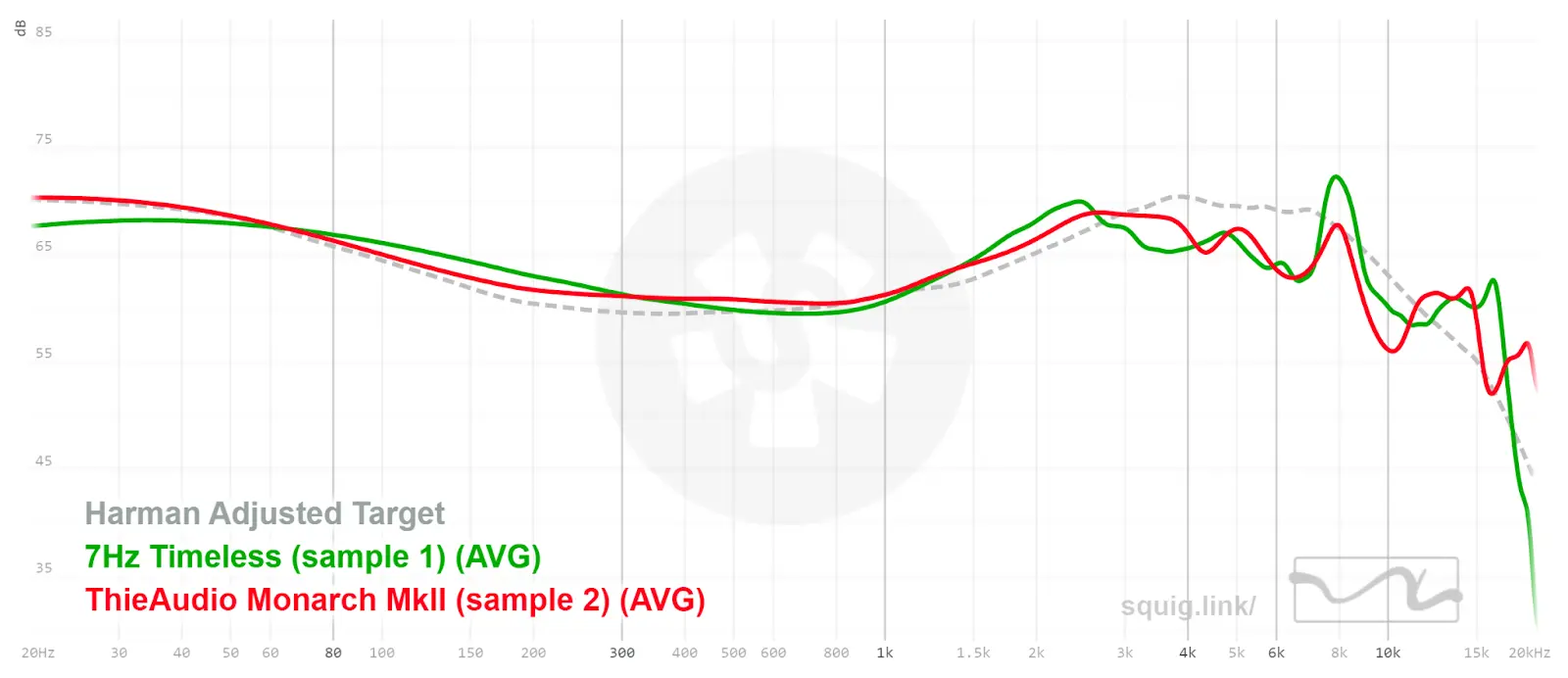
The 7Hz Timeless goes toe to toe with the Monarch according to the graph. It does that at a fraction of the price, 1/5th to be exact.
To make a more fair comparison, I will go down the ladder to Moondrop Variations. Don’t get me wrong, it is still double the price of the Timeless. I referred to it because Moondrop variations can go head to head with ThieAudio Monarch MKII as well.
The Harman Adjusted graph shows how Timeless even beats the double-priced Variations at many frequencies. That’s why many audiophiles prefer the Timeless over the Variations.
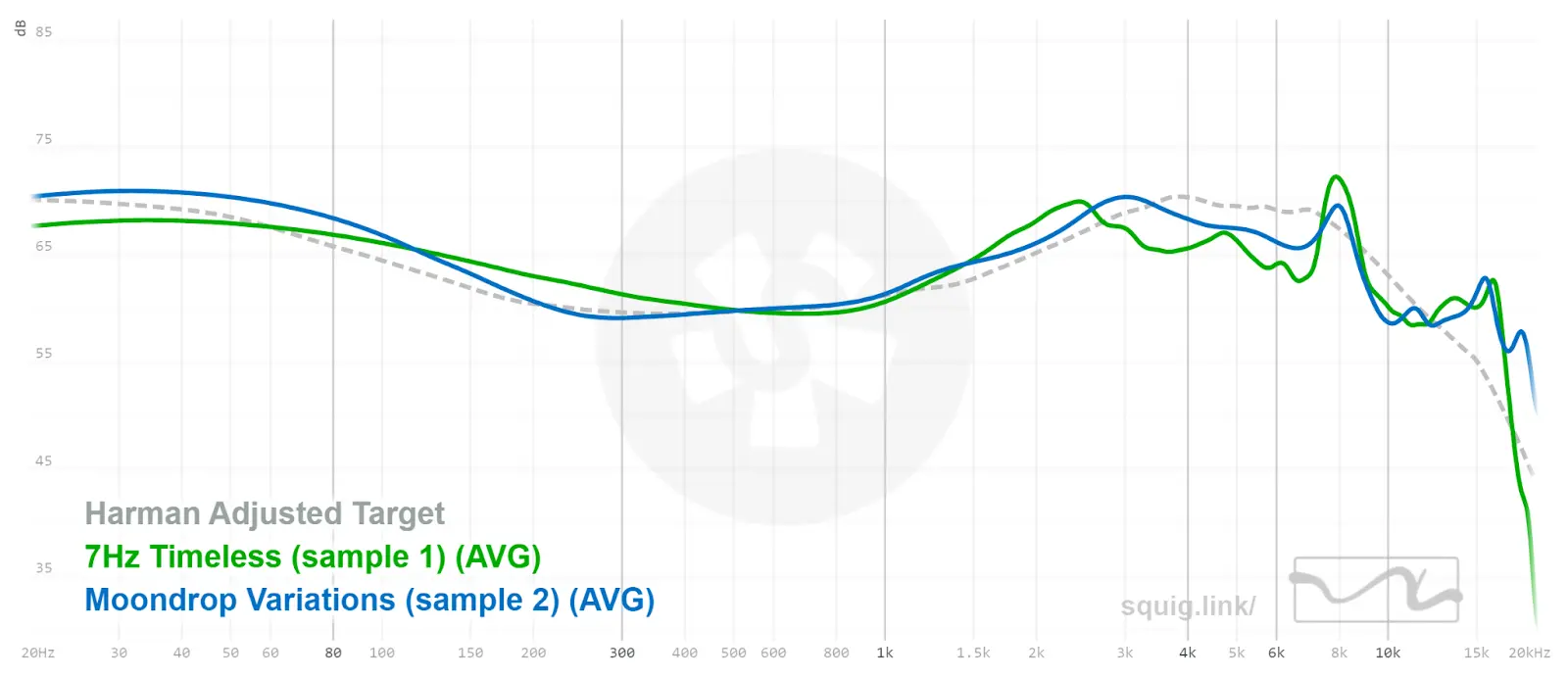
But the hottest fight in the dynamic field is 7hz Timeless vs Moondrop Kato and Moondrop Blessing 2: Dusk.
7Hz Timeless wins if it’s compared to the Moondrop Kato and Blessing 2: Dusk. The timeless primarily wins in the lows and treble. It also represents the Harman-adjusted graph with more accuracy.
Here’s a Harman-adjusted audio frequency graph comparing the three.
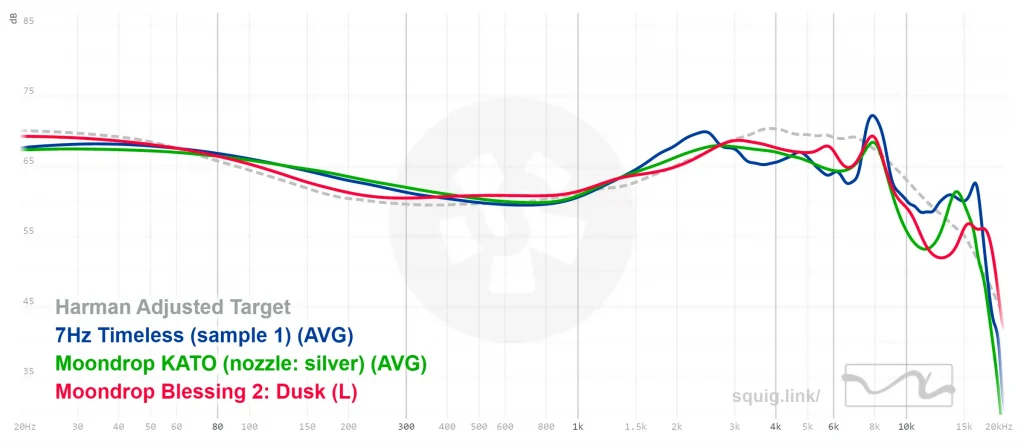
You’ll be able to tell right from the outlook that Timeless wins when compared to the other two.
All of these helped me reach the conclusion that Planar IEM has overtaken Dynamic IEMs. The clear winner between the two different technologies is Planar. But if you’re still interested, you could check for Moondrop KATO’s price at Aliexpress.
To take a more holistic approach, Here’s a graph from google trends.
You can see how the interest of people over time has shifted from Dynamic IEMs to Planar IEMs as well. In my humble opinion, this marks the beginning of a new planar IEM era.
The win, however, makes me wonder how Planar IEMs will fare against their headphone predecessor. Let’s get to that.
Planar IEM vs Planar Headphones
Planar IEMs don’t hold a candle to Planar Headphones. The prevalent issues of planar in IEMs are absent in the headphones. It feels half-assed at best. So the clear winner of this fight is Planar Headphones.

I will now emphasize how badly implemented planar is in the context of IEMs. To do that I’ll pit the crowned planar IEM against HifiMan Sundara.
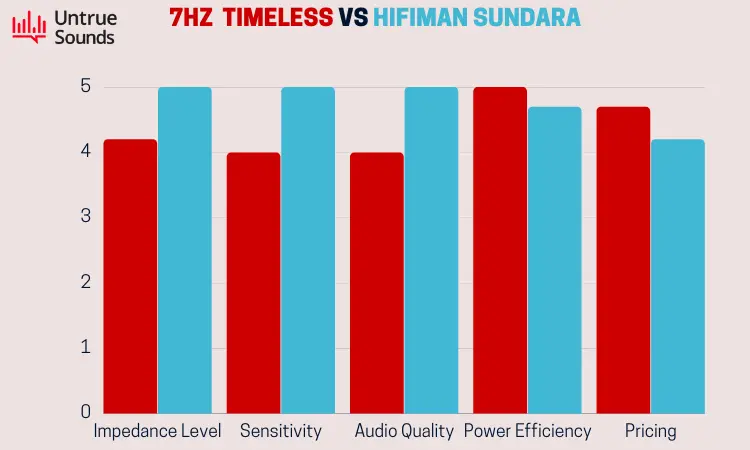
The table below is based on the graph I made.
| Aspects | 7Hz Timeless | HifiMan Sundara |
| Audio Quality | 4 | 5 |
| Impedance | 4.2 | 5 |
| Sensitivity | 4 | 5 |
| Power Efficiency | 5 | 4.7 |
| Cost | 5 | 4.8 |
| Availability | Check Price from Amazon | Check Price on Amazon |
Without even going through all of it, the headphone has won in every aspect aside from power. The planar headphones give you that with only an $80 surplus.
Fortunately, there is room for improvement as this is just the beginning of Planar in IEM. Let’s now assume you have decided to go for a planar IEM. Is it going to be worth it?
Are Planar Magnetic Drivers Worth It?
No, Planar Magnetic Drivers are not worth it just yet. Planar in headphones have shown what Planar Magnetic drivers are capable of. But it just did not translate to IEMs yet. But I say ‘yet’ because that might change soon.
The Planar Magnetic Drivers are capable of overpowering dynamic drivers. However, the cheaper planar IEMs are doomed in terms of tuning. The other ones are too expensive. Most of all, it is still only subpar compared to what the Planar Headphones have done.
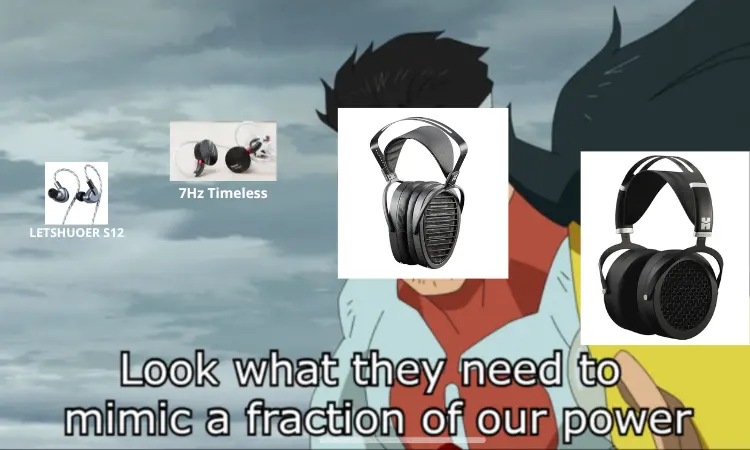
Furthermore, it is not well implemented yet in terms of IEMs. I wouldn’t buy one now, but things might change in the near future.
The Future of Planar IEM
The future prospects of Planar IEM are bountiful. IEMs like Moondrop Stellaris and Dunu TALOS are on the way. With the entrance of big players, it’s only a matter of time before Planar IEMs catch up with the headphones too.
Major companies like Moondrop, Dunu, etc. are hopping on the planar train. So, it’s only a matter of time till it replaces dynamic drivers as your daily driver. LETSHUOER S12 simply proves that the future planar IEMs have the potential to do much more.
Furthermore, even google trend shows that people’s interest in Planar IEM is eclipsing that of Planar Headphones.
Even Audiophiles have started to believe that Planar IEMs may be the dawn of a new era. Crinacle, a famous audiophile Youtuber also has a take on it-
That’s it! I’ll now answer some of your questions before wrapping it up.
FAQs
Are Planar Drivers Durable?
Yes, Planar drivers are durable. In fact, the durability they boast is far more than dynamic drivers.
Are Planar Drivers Hard to Drive?
Yes, Planar Drivers are typically hard to drive. They require much more power than dynamic drivers. Thus an Amp is highly recommended if you choose to use a headphone with planar magnetic drivers.
Why are Planar Headphones/IEMs so Expensive?
The Planar Headphones/IEMs are expensive because they use the planar proprietary magnetic field instead of coils. Monopoly over this technology allows them to price it higher.
Final Words: Are Planar IEMs Worth the Hype?
Planar IEMs are not worth the hype. However, with many new entries and breakthroughs incoming, this could change. But right now, the underlying issues of Planar IEMs remain unsolved.
What do you think? Do you still plan to buy one? Let me know why in the comments below.

